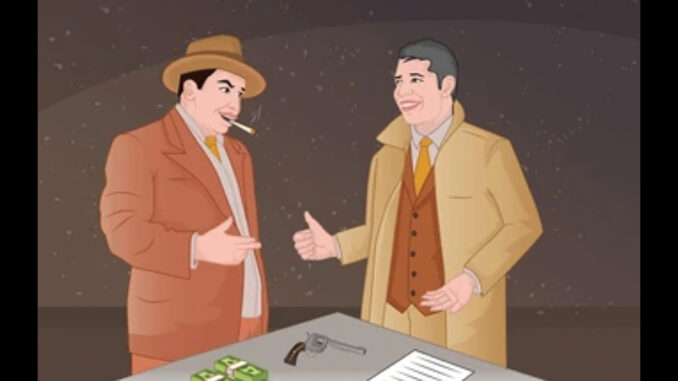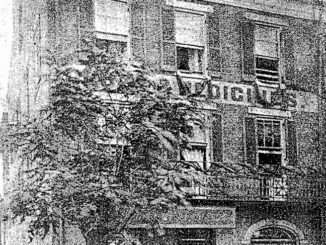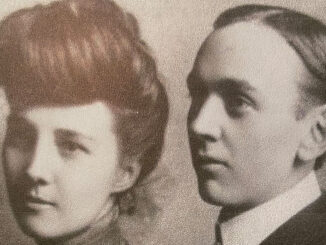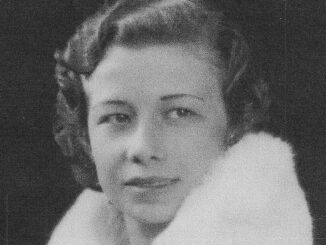
Prohibition! Now that’s a topic to stir emotions. It suddenly gives memories to a vast array of responses from the pros and the cons, from users and abusers to the solemn network of the temperance movement members. January 17, 1920 to December 5, 1933 remains a cancerous era that gave rise to a wealth of problems nationwide. More negatives than positives surfaced from the legislation, so its repeal was inevitable.
The most notable change from the national legislation was that prohibition placed more control of the marketplace to the criminals. Not only the illegal control of alcohol distribution and sales, but often city services, like laundry, waste programs, and service groups, among others. It even caused law-abiding citizens who desired a relaxing drink to become criminal-like by disregarding the policies. The efforts of the prohibition law failed to end the consuming of alcohol by all levels of society. Equally disturbing was the effectiveness of law enforcement officers’ efforts. They were diligent but equally overwhelmed.
In the decades following December 1933, activities involving bootlegging of alcohol, control of city services, gambling, and other gang-related connections were common criminal activities usually ignoring local laws. The reputation of the city of Chicago and the influence of Al Capone’s activities existed extensively even before the prohibition law went into effect. Chicago was the mecca of the underworld and its influence spread out from that city. A good example of its effectiveness is Johnson City, Tennessee was the first major “Little Chicago.” Johnson City was an important railroad community nestled in the Blue Ridge Mountains in the northeastern tip of Tennessee. In that locale, the area was already noted for its underground alcohol trade and smuggling activities. During the 1920s the city had a sordid reputation and news clips referred to it as “a wide-open city.”
The “Little Chicago” title came into existence because Al Capone used this city as a convenient stopover on his trips between Chicago and Miami. The Montross Court Apartment Complex is reported to have been his headquarters. The city possessed underground passageways reported to be used as escape routes and delivery purposes. Wars between the bootleggers and the moonshiners were common. The local newspaper editorial claimed Johnson City was “under the thumb of hoodlums and undergoing a reign of terror.” A most accurate portrayer of the conditions during this turbulent time in Appalachia may be found in a movie produced in 1958. Adult readers may remember Robert Mitchum in the role of a backwoods bootlegger in Appalachia in the movie, “Thunder Road,” and his battle between federal government forces and the organized crime network.
Al Capone was reported to escape to Johnson City when conditions in the windy city mandated his escape of the city. This Appalachian hideaway was not the only retreat he found convenient. Another territorial headquarters was in Hot Springs, Arkansas in the Ouachita Mountains, and visits made at the French Lick Springs Resort and Spa in French Lick, Indiana. According to Look Magazine in 1952, there were several “hot spots” for such vice in the south. In addition to the ones mentioned, Knoxville, Chattanooga, Mobile, and Pensacola were on the list.
Bowling Green, Kentucky was not on the hot list for vice, but it did experience the “Little Chicago” label locally. Bowling Green did undergo the effects of illegal activities out of control in the area for over ten years in the mid-20th century. This decade of concern was marked with the full range of unlawful events. Citizens of the local city and county had been aware of the presence of illegal moonshine and bootlegging activities before Prohibition but the effect was nothing like the trade after the law was passed.
When the Prohibition law was repealed, the area citizens still voted to make alcohol sales illegal in Warren County so producing, transporting, and sale of illegal drugs became a major crime concern for the police department. Even after the county reversed its vote to allow sales of alcohol, the problem still existed. With Bowling Green “wet” and surrounding counties still “dry,” the battle for control continued with some of the criminals providing services to some counties and other facets providing for other outlets, the battles raged on, creating turbulent times. Bombs, murders, or disturbances regularly appeared in the news.
Another unlawful force was of major concern to the police department and the citizens. Bowling Green had become the center of a major carjacking enterprise. This organization was so highly organized they had developed an effective routine of stealing cars, using new paint or highlights, and selling them throughout the area. This group of criminals was so bold as to use bombs, as Detective Captain Darrell Moody discovered in February 1972 as he watched his home destroyed by dynamite as he started to drive to work. Dedicated policing enabled the department by August of that year to have over forty people indicted by the grand jury. The Bowling Green-based car theft ring had received about 18,000 stolen cars in their car theft organization.
From the 1950s and the 1960s, this community was the scene of crime magnified with violence. The words of the Daily News reporter, Wes Swieter, said it best: “It was a familiar odor at crime scenes in the city in recent years as it was the go-to explosive used by the illegal alcohol sales, gambling and the car theft ring that had been waging a dynamite-fueled campaign of terror in the city for a decade.”
The age of Bowling Green’s experience as “A Little Chicago” was certainly unpleasant and frightening at times, but the area lived through these turbulent times with its honor and strength strong, thanks to the quality of leadership and the will of the public. Wonderful, Wonderful, Bowling Green, Oh what a gem of a town!!!
-by Mary Alice Oliver
About the Author: Mary Alice Oliver is a Bowling Green native who is a 1950 graduate of Bowling Green High School. She retired from Warren County Schools after 40 years in education. Visiting familiar sites, researching historical records and sharing memories with friends are her passions.






